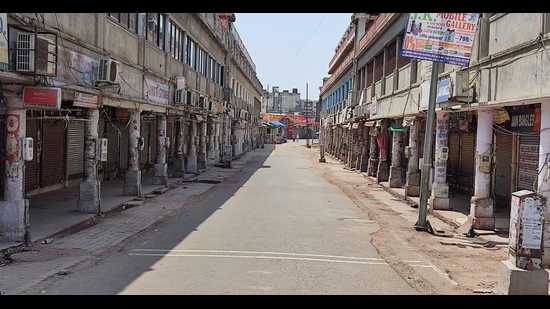Agra : Agra is a city without safe and convenient pathways or pavements for pedestrians. In past few years there have been so many accidents of foot marchers and cyclists crushed to death by speeding trucks or buses and cars.
The lack of safe and convenient pathways and pavements poses a serious threat to pedestrians. Tourists and locals alike face constant danger from reckless drivers and attacks by stray animals due to the absence of well-marked pathways in busy markets and around tourist attractions. The Agra Municipal Corporation must prioritize the safety and convenience of pedestrians who should be able to move freely and without fear in their own city.
It is essential for the authorities to address this issue urgently to prevent further harm to individuals on foot. Pedestrians deserve better infrastructure and protection to ensure their well-being and enjoyment of the city. Taking action to improve pathways and pavements will not only enhance the overall pedestrian experience but also contribute to a safer and more vibrant urban environment in Agra.
Not only Agra, neighbouring cities of Mathura and Vrindavan are struggling to provide safe and accessible pathways for its residents and millions of tourists and pilgrims. The lack of secure pavements and cycle tracks has become a major concern, with pedestrians and cyclists facing numerous hazards on the city’s roads. It’s time for the municipal bodies to take action and construct safe pathways, adhering to the guidelines of the Indian Road Congress, which recommend a width of 1.5 to 2.5 meters.
The city’s exponential growth in human and motor vehicle population over the past 25 years has significantly compromised pedestrian and cyclist safety. Residents and visitors alike face daily challenges from stray animals, inadequate parking, and pollution from heavy vehicle emissions. Each year, hundreds of pedestrians and cyclists fall victim to speeding vehicles, with many more injured or intimidated.
Green activists have been advocating for a more pedestrian and cyclist-friendly Agra, highlighting the need for safe walking spaces and cycle tracks. The Yamuna Kinara road, a picturesque stretch running from the Taj Mahal to Water Works, is a prime example of a route that could be transformed into a safe and enjoyable walking space. MG Road, the lifeline of the city, does not have safe pavements in most stretches. Even new colonies and layouts have not made provision for pedestrian mobility.
Environmentalist Dr devashish bhattacharya laments, “Sadly, the Agra municipal corporation does not have a clear policy on pavements. In most areas that once had pavements, the space has been usurped by encroachers, illegal parking slots have been created, or the space is used by cows and buffaloes.”
Activist Padmini Iyer says, “Crowded markets like Hospital Road, Raja Ki Mandi, or even Sanjay Place have no pathways for pedestrians. In some bazaars, shop owners have extended their reach, denying free mobility to the humble foot marchers. In most European cities, enough safe space is provided for pedestrians and cyclists, but our Agra thinks it’s a waste of space.”
What can be done? Protected intersections can be designed to prioritize pedestrians and cyclists, with features like bikeway setbacks, corner islands, and pedestrian islands. Raised crossings can be created to give physical priority to pedestrians and cyclists, forcing drivers to slow down. Compact corners can be implemented to reduce crosswalk distances and minimize pedestrian exposure to moving vehicles. A comprehensive mobility plan focusing on human needs rather than vehicles and accommodation is essential.
By implementing these changes, Agra can become a safer and more enjoyable environment for both residents and tourists. The city can preserve its historical charm while addressing modern challenges, making it an attractive destination for visitors from around the world. The Agra Corporation must take immediate action to address the city’s mobility issues. This includes clearing encroachments and repairing pavements, constructing safe cycle tracks and walking paths, implementing traffic management systems that prioritize pedestrians and cyclists, and coordinating with multiple departments to develop a comprehensive mobility plan. It’s time for Agra to prioritize the safety and well-being of its citizens and visitors. By doing so, the city can reclaim its reputation as a vibrant and welcoming destination for all.





